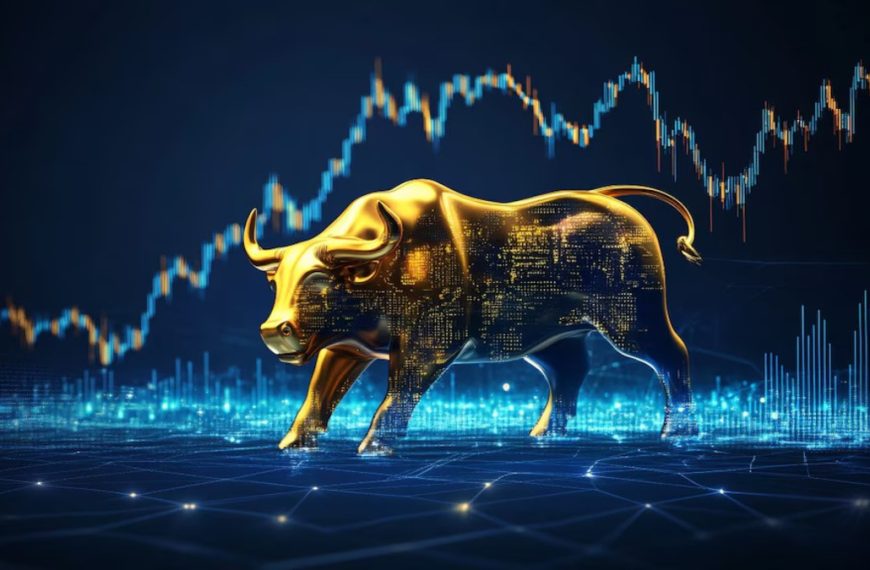The US stock market experienced significant turbulence on Monday, closing predominantly in the red as investor anxiety intensified over a possible economic slowdown and escalating inflation linked to President Trump’s tariff strategies. Adding fuel to the fire, the President hinted at the possibility of imposing further tariffs on imports from China, which dampened market enthusiasm and confidence among investors.
Market Performance Overview
- The Dow Jones Industrial Average suffered a sharp decline, plummeting 349.26 points, which equates to a 0.91% drop, settling at 37,965.60.
- The S&P 500 index also faced losses, dipping by 11.83 points or 0.23%, to close at 5,062.25.
- In contrast, the Nasdaq Composite managed to gain a slight edge, increasing by 15.48 points or 0.10%, finishing at 15,603.26.
Consequences of Tariff Announcements
The repercussions of President Trump’s recent tariff announcements were stark, leading to a 10.5% decline in the S&P 500 index over just two days. This drastic drop resulted in the loss of about $5 trillion in market capitalization, marking the steepest two-day decrease since March 2020.
By the end of last week, the Dow Jones officially entered correction territory, having fallen over 10% from its all-time high recorded in December. Meanwhile, the tech-heavy Nasdaq confirmed it had slipped into a bear market, with a staggering decline of more than 20% from its previous peak.
Implications for Investors
Investors should brace themselves for continued volatility as the market adjusts to these recent developments. The interplay between tariff policies and market performance underscores the importance of staying informed about economic indicators and global trade relations.
As the situation continues to unfold, keeping an eye on future tariff decisions and their potential impact on both domestic and global markets will be crucial for strategic investment planning.
In summary, Monday’s stock market performance reflects a cautious atmosphere among investors, driven by deepening concerns over economic stability provoked by trade policies.











